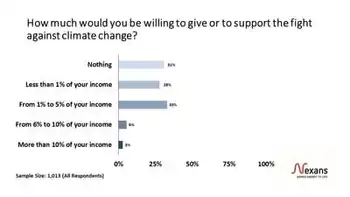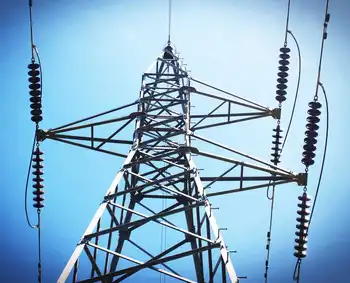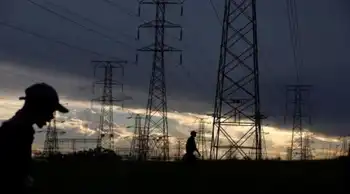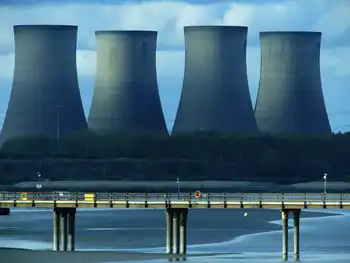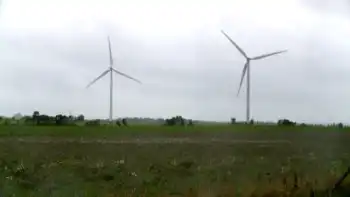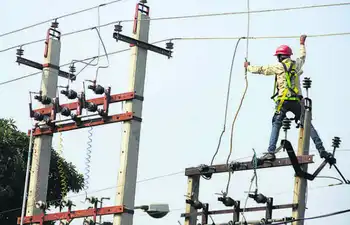Poland’s largest power group opts to back wind over nuclear

Arc Flash Training CSA Z462 - Electrical Safety Essentials
Our customized live online or in‑person group training can be delivered to your staff at your location.

- Live Online
- 6 hours Instructor-led
- Group Training Available
Poland Offshore Wind Energy accelerates as PGE exits nuclear leadership, PKN Orlen steps in, and Baltic Sea projects expand to cut coal reliance, meet EU emissions goals, attract investors, and bridge the power capacity gap.
Key Points
A shift from coal and nuclear to Baltic offshore wind to add capacity, cut EU emissions, and attract investment.
✅ PGE drops lead in nuclear; pivots $10bn to offshore wind.
✅ PKN Orlen may assume nuclear role; projects await approval.
✅ 6 GW offshore could add 60b zlotys and 77k jobs by 2030.
PGE, Poland’s biggest power group has decided to abandon a role in building the country’s first nuclear power plant and will instead focus investment on offshore wind energy.
Reuters reports state-run refiner PKN Orlen (PKN.WA) could take on PGE’s role, while the latter announces a $10bn offshore wind power project.
Both moves into renewables and nuclear represent a major change in Polish energy policy, diversifying away from the country’s traditional coal-fired power base, as regional efforts like the North Sea wind farms initiative expand, in a bid to fill an electricity shortfall and meet EU emission standards.
An unnamed source told the news agency, PGE could not fund both projects and cheap technology had swung the decision in favour of wind, with offshore wind competing with gas in some markets. PGE could still play a smaller role in the nuclear project which has been delayed and still needs government approval.
#google#
A proposed law is currently before the Polish parliament aiming at facilitating easy construction of wind turbines, mindful of Germany’s grid expansion challenges that have hindered rollout.
If the law is passed, as expected, several other wind farm projects could also proceed.
Polenergia has said it would like to build a wind farm in the Baltic by 2022. PKN Orlen is also considering building one.
PGE said in March that it wants to build offshore windfarms with a capacity of 2.5 gigawatts (GW) by 2030.
Analysts and investors say that offshore wind farms are the easiest and fastest way for Poland to fill the expected capacity gap from coal, with examples like the largest UK offshore wind farm coming online underscoring momentum, and reduce CO2 emissions in line with EU’s 2030 targets as Poland seeks improved ties with Brussels.
The decision to open up the offshore power industry could also draw in investors, as shown by Japanese utilities’ UK offshore investment attracting cross-border capital. Statoil said in April it would join Polenergia’s offshore project which has drawn interest from other international wind companies. “
The Polish Wind Energy Association (PWEA) estimates that offshore windfarms with a total capacity of 6 GW would help create around 77,000 new jobs and add around 60 billion zlotys to economic growth.





